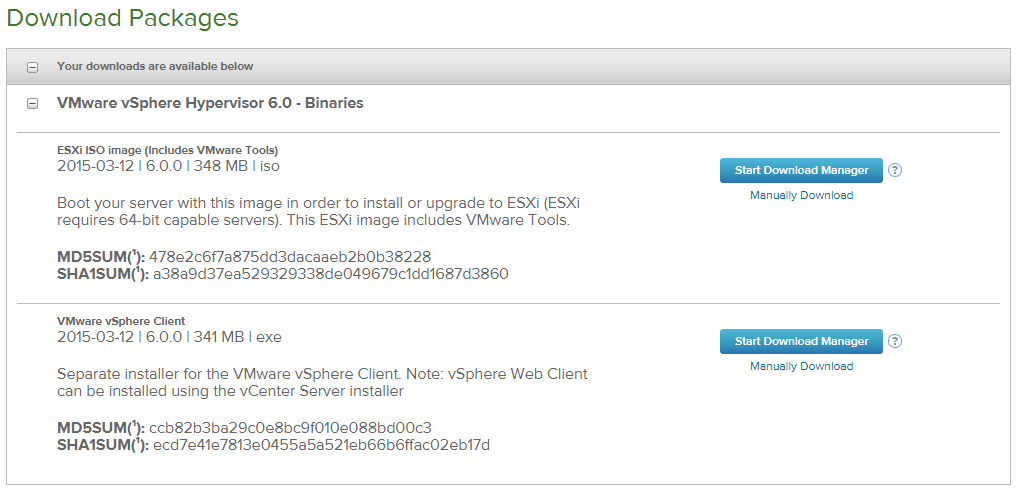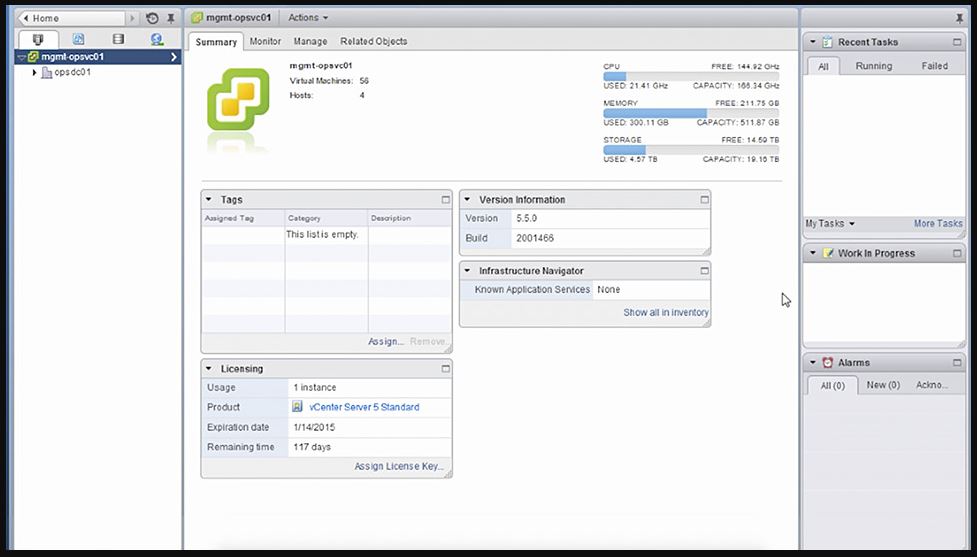

Re/VUM/PRODUCTION/main/vmw-depot-index.xml | grep ESXi-6.7ĮSXi-6.7.0-8169922-standard VMware, Inc. To list the available ESXi 6.7 image profiles we can run the following: esxcli software sources profile list -depot= We’re going to use an image profile to update the host. We can do so by running: esxcli network firewall ruleset set -e true -r httpClient

As we’re going to get the update directly from VMware’s software repository we need to enable outbound http communication. The next step may be required depending on your host configuration.

Once it’s confirmed that maintenance mode is enabled, we can move on. We can do this using esxcli, first of all checking the current status: :~] esxcli system maintenanceMode getĮnable maintenance mode by using the following: :~] esxcli system maintenanceMode set -enable trueįinally, check the status again – it should now show the maintenance mode is enabled: :~] esxcli system maintenanceMode get With that done, it’s a good idea to put the host into maintenance mode. To start with, ensure there are no running virtual machines on the host. Finally, as this method requires connectivity to VMware’s software repository, ensure your host has internet connectivity, and that SSH is enabled. Ensure you’re aware of the latest features and changes in the software by reading the release notes and product documentation. Before proceeding, make sure that your ESXi host’s hardware is on the compatibility list for this version of ESXi. The first step is to do your due diligence. Always consult the official documentation from VMware.

As always, use caution when working with production hosts, and ensure you test any upgrade method in your own environment, and have documented a robust roll back plan. This article is not official documentation, and the process documented here was tested in a home lab only. Ensure you back up your configuration data before making any changes. Warning/Disclaimer – As with any software – Hypervisor upgrades come with risks. It’s very quick and easy to do – however, be warned that this method doesn’t offer an easy way to revert back if things go awry. If Update Manager isn’t an option, we can use the esxcli tool which is present on ESXi. But what do you do if you have a standalone ESXi host and need to do an esxi update? Read on. I wrote an article not too long ago on how to update to ESXi 6.7 using update manager.


 0 kommentar(er)
0 kommentar(er)
